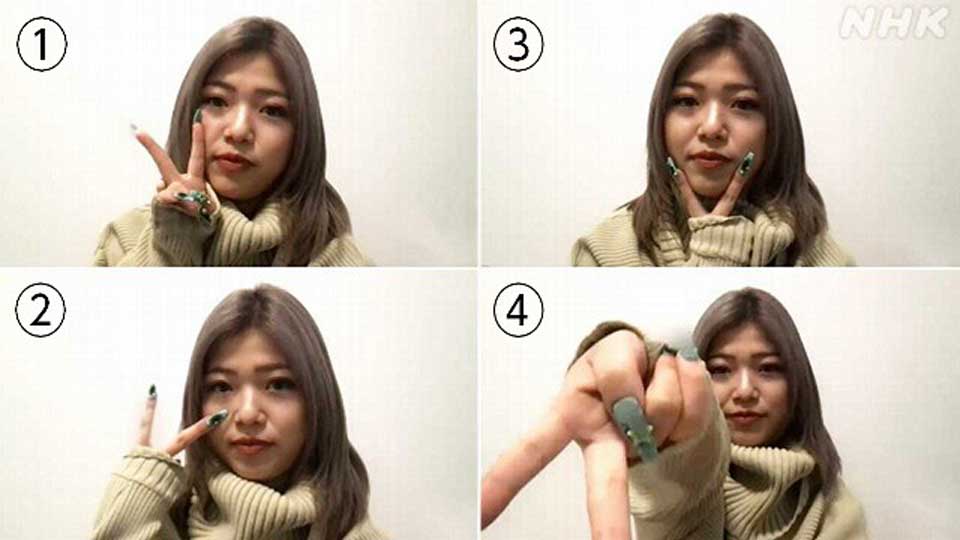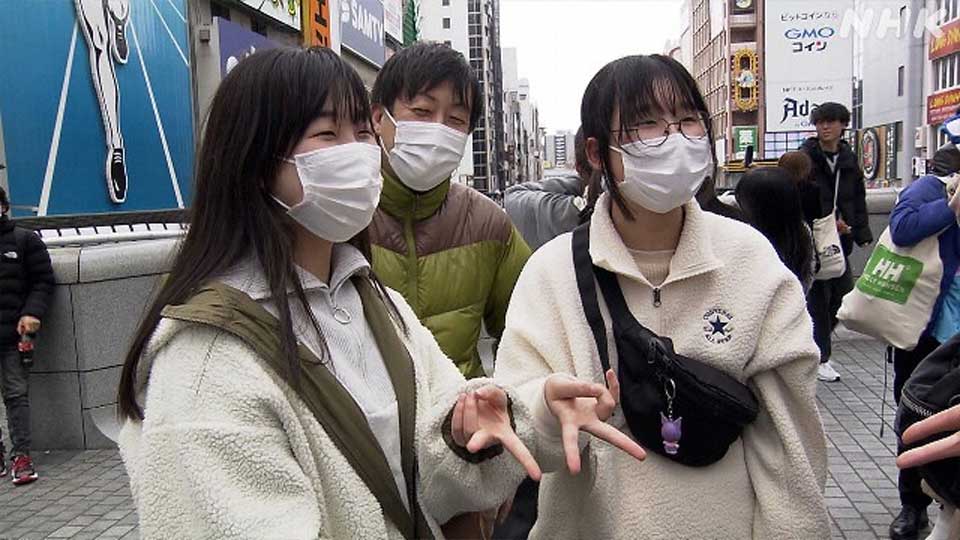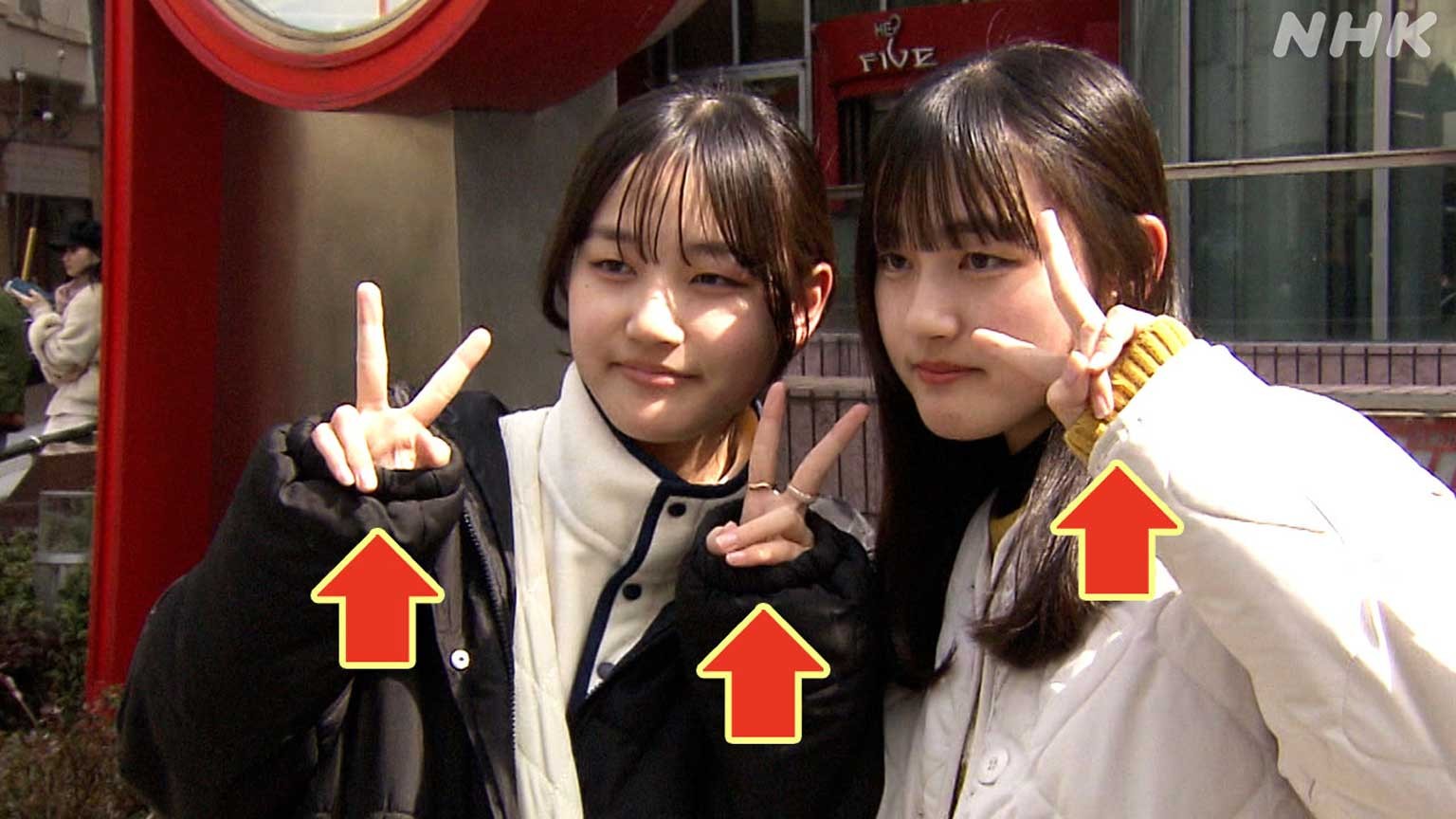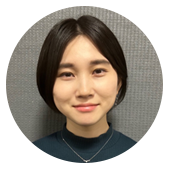Spontaneous photo pose
NHK took to the streets of Osaka and asked 59 people chosen at random to pose for pictures. Forty-seven of them, or 80 percent, spontaneously made the peace sign. When asked why they did it, one woman said it "just popped up" in her mind. Another said she always makes the peace sign in photos. But no one really knew the origin of the custom.
'V for Victory'
Cultural anthropologist Nomura Masakazu explained the gesture in an article published in a Chuo-Koron magazine in 1991. He wrote that raising one's hand with the palm facing outward and forming a "V" with the middle and index fingers first spread across Europe during World War Two to symbolize victory over Nazi Germany. It also became a symbol of solidarity among the Allies.

In the 1960s, demonstrators in the United States started using the gesture to call for peace during the Vietnam War.
"Hippies and anti-war activists in the US made the gesture toward police officers. And that is the leading theory when the 'peace sign' started," Nomura says.
How did the custom come to Japan?
Older black-and-white photos do not show Japanese people posing with the famous sign.
Several stories exist to explain how the gesture gained popularity in Japanese society. Representatives of major camera makers have told NHK that the phenomenon likely started when one smiling celebrity made the sign in a camera commercial in the early 1970s.
Inoue Jun, an actor and singer with the popular band The Spiders, was a spokesperson for Konica Minolta (then Konica). He supposedly flashed a "V" sign while filming a camera commercial in the US.
"I went to the US around 1970 when the country was in the midst of the anti-war movement. Every local staff member I met gave me the peace sign, so I did it while shooting," Inoue recalls. "I didn't expect them to actually use it in the advertisement."

Inoue says, "After a while, people on the streets started saying 'Peace!' to me. And more and more people began giving me the peace sign. I feel like it gradually spread in Japanese society."
Photo critic Torihara Manabu agrees that Inoue played a major role in spreading the custom.
"That commercial had a tremendous impact, and I myself remember imitating it," Torihara says. "In the background of the anti-war movement against the Vietnam War and with the help of Inoue's influential advertisement, Japanese people acknowledged the 'V' sign as the peace sign, and started making it when they took photos."
Peace sign is still evolving
Various peace signs can be seen on Japan's streets today. Oguma Serina, the editor-in-chief of fashion and style magazine Egg, says the sign keeps "evolving" among younger generations.

Oguma says that in addition to the old-school peace sign, one can find (1) the "small face peace sign," placed close to the face, (2) the "back peace sign," (3) the "chin peace sign," and (4) the inverted "gal peace sign," which became popular last year.
"It's not like old days when we simply had one particular trend people followed. Young people today tend to have their own favorite sign," she says.
A few young people did not make a peace sign when NHK took their photos. Some instead made the "heart sign," curving their hand and putting it beside their cheeks like a half-heart. Others made the "cat ear pose," which is an upside-down peace sign on their heads to resemble animal ears. Some said they often copy poses made by their favorite idols.



